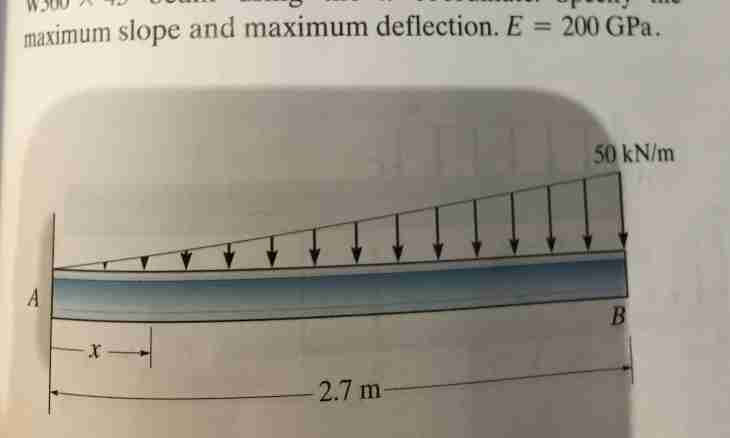The market is very sensitive to change of various factors: prices, level of income or costs. Degree of this sensitivity is expressed by means of elasticity. It is possible to define coefficient of elasticity of the offer through a ratio of volume of the offered goods to the size of increment of the analyzed factor.
Instruction
1. The law expressing dependence suggestions from demand is basic in business activity. The analysis of two of these sizes occupies one of the central places in assessment of cost efficiency of the chosen production strategy. The enterprise cannot stand still, it has to develop, increase and improve production, increase the profit.
2. To define coefficient of elasticity of the offer, it is necessary to calculate quantitative change of its volume depending on increase or reduction of some factor, for example, of the price. Mathematically this proportion is presented in the fraction form: Epr = ∆q / ∆ d, where Epr – coefficient of elasticity of the offer, ∆q – increment of function of volume, ∆d – increment of a determinant (the prices, the level of income, expenses and so forth).
3. Proceeding from the fact that the curve of the offer is set by function, and the relation of increments is that other as capture of a derivative, it is possible to use a dot method of search of coefficient of elasticity. It consists in differentiation of function and the subsequent multiplication of result by a ratio between an argument and initial function: Epr = Q’(d) * (d/Q(d)) where Q(d) is function of the offer.
4. The elasticity of the offer is affected by many factors. Among them a time interval of calculations, the direction of production, periods of storage of finished goods and so forth Besides, it is necessary to take the extreme volume of capacities which the enterprise can use into account.
5. On a time interval values of coefficient for the so-called instant period, short-term and long-term pay off. At the instant period too small interval for which the producer is simply not able to influence a situation is analyzed. Such offer is considered inelastic.
6. During the short-term period the enterprise can adapt to new indicators of demand, however its actions are still limited. At the long-term period of opportunities it has more, the offer becomes elastic.
